High income from squash
With more than 13 years of experience in growing gourds, Mr. Le Van Suu in Tan Phu Ward, Dong Xoai City said: Growing gourds does not require too many complicated techniques, however, to achieve productivity, one must master care techniques such as: irrigation, pest control, proper fertilization and harvesting at the right time. In particular, the application of modern technology and science also contributes to improving the productivity and quality of gourds. The growing time of gourds is short, from sowing to harvesting is only about 3-4 months and can be harvested many times a year, so the economic efficiency is high.
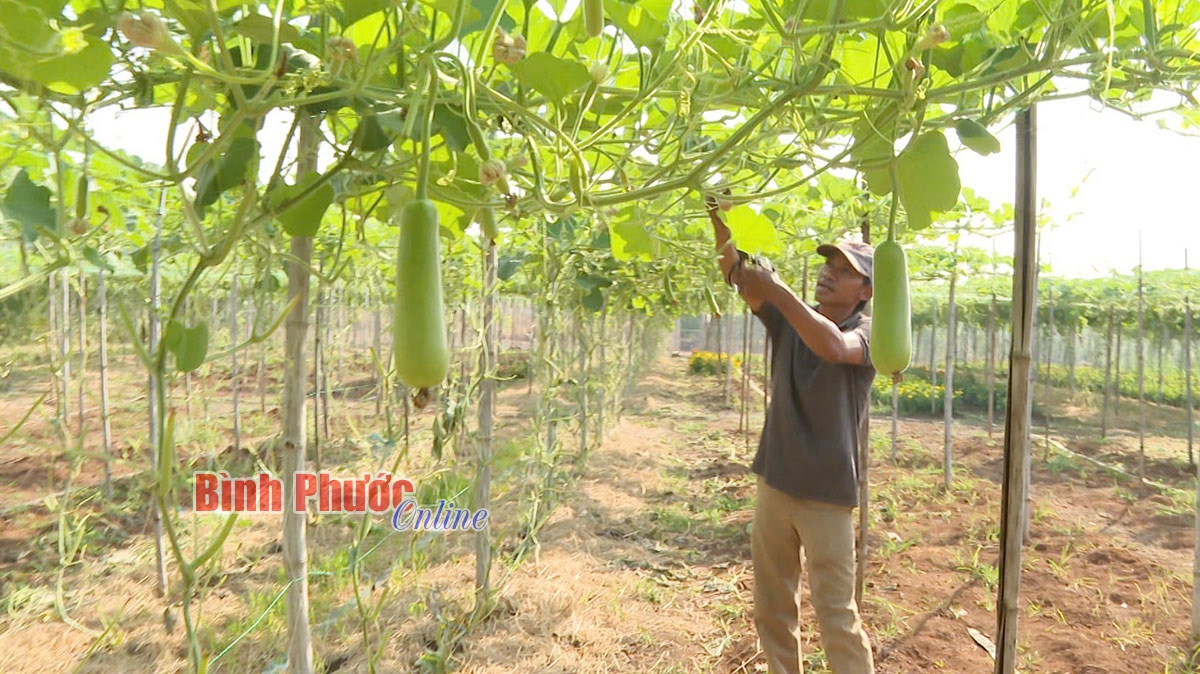
Mr. Suu added: Gourd is suitable for sowing from April to September or until November. In the dry season, gourd plants have fewer pests and diseases than in the rainy season, but straw must be used to cover the base of the plants to keep them moist. Gourd plants can be harvested after 75-90 days of planting. If the grower has good techniques, the fruit can be harvested within 3 months, or harvested within 4-5 months. In particular, the investment cost of growing gourd is not high, and the recovery is short.
Money for jam
Making the most of the land area, Mr. Suu also intercrops with squash, pumpkin, bitter melon, etc., helping to bring high economic efficiency. Mr. Suu shared: One of the biggest advantages of the intercropping model is optimizing land use efficiency and increasing income. Short-term crops have a short growing period, so it is possible to take advantage of planting many types of plants in one crop, avoiding the situation of good harvest - low price, good price - bad harvest.

According to Mr. Suu, when combining crops with different nutritional requirements, they do not compete directly but also supplement each other's nutrition. In particular, when planting many types of plants interspersed, the living environment of pests will be disturbed, so the possibility of disease outbreaks across the entire area is lower. In addition, harmful pests will not easily spread from one plant to another, thereby helping to minimize the use of pesticides.
Mr. Suu emphasized that squash, bitter melon and luffa are three types of plants that are similar in terms of diseases and pests, so they are suitable for intercropping. On the other hand, planting flowers intercropped with squash and luffa helps attract butterflies and reduces pesticide consumption.
Intercropping is a model that not only saves land area, increases income but also contributes to environmental protection. In addition to economic efficiency, this model must focus on choosing suitable plants that do not compete with each other for nutrients. Chairman of Tan Phu Ward Farmers' Association Nguyen Minh Phu |
With the motto of “taking short-term to support long-term”, Mr. Nguyen Van Tay in Quarter 5, Minh Thanh Ward, Chon Thanh Town has intercropped green beans and yardlong beans in the young rubber garden. With many years of intercropping, Mr. Tay said that short-term crops are suitable for intercropping in the young rubber garden because of their short growth cycle and quick harvest. In particular, taking care of short-term crops will indirectly contribute to taking care of perennial crops.
Intercropping green beans and cowpeas in a 1,000m2 young rubber garden, after about 2 months, Mr. Tay harvested about 70kg of fruit every 2 days, earning a profit of 15 million VND/month. According to Mr. Tay, intercropping must calculate a reasonable distance to ensure that the rubber trees grow well, while at the same time, short-term plants also have space to grow. In addition, caring for intercropped plants must follow a separate process so as not to affect the growth of the rubber trees.
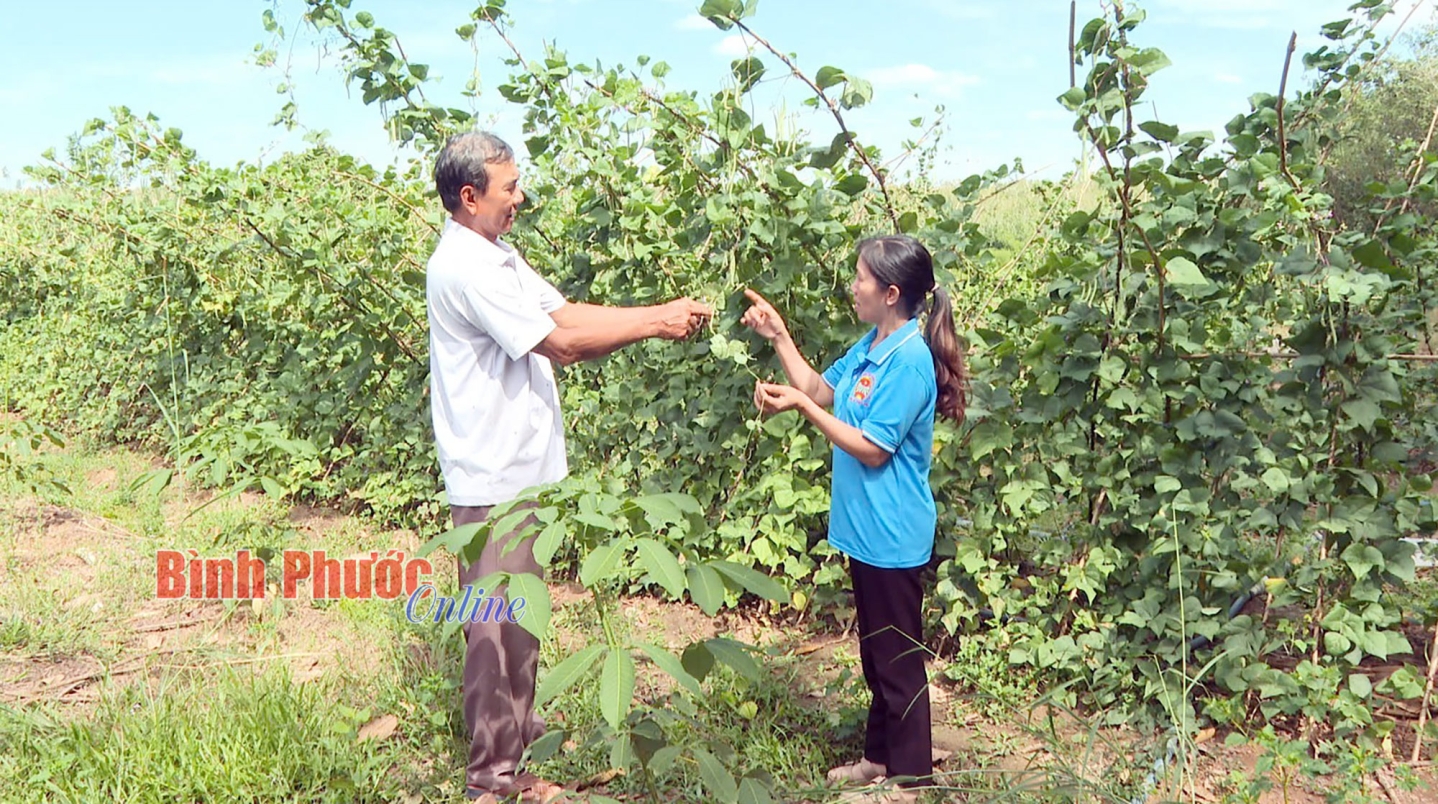
Vice President of the Farmers’ Association of Minh Thanh Ward Pham Thi La said: Intercropping short-term crops in young rubber plantations is an effective agricultural model, helping to increase land use value, improve productivity and create stable income. However, to achieve high efficiency, farmers need to have knowledge of planting techniques, choose suitable varieties and apply scientific and sustainable care methods. In addition to short-term crops, many farmers also intercrop corn, rice, eggplant, etc. to increase income.
Source: https://baobinhphuoc.com.vn/news/4/170920/tang-thu-nhap-tu-trong-xen-canh


![[Photo] Ho Chi Minh City speeds up sidewalk repair work before April 30 holiday](https://vstatic.vietnam.vn/vietnam/resource/IMAGE/2025/4/3/17f78833a36f4ba5a9bae215703da710)
![[Photo] A brief moment of rest for the rescue force of the Vietnam People's Army](https://vstatic.vietnam.vn/vietnam/resource/IMAGE/2025/4/3/a2c91fa05dc04293a4b64cfd27ed4dbe)
![[Photo] General Secretary To Lam receives Japanese Ambassador to Vietnam Ito Naoki](https://vstatic.vietnam.vn/vietnam/resource/IMAGE/2025/4/3/3a5d233bc09d4928ac9bfed97674be98)
![[Photo] Prime Minister Pham Minh Chinh chairs the first meeting of the Steering Committee on Regional and International Financial Centers](https://vstatic.vietnam.vn/vietnam/resource/IMAGE/2025/4/3/47dc687989d4479d95a1dce4466edd32)
![[Photo] Prime Minister Pham Minh Chinh chairs meeting after US announces reciprocal tariffs](https://vstatic.vietnam.vn/vietnam/resource/IMAGE/2025/4/3/ee90a2786c0a45d7868de039cef4a712)
![[Photo] Capital's youth enthusiastically practice firefighting and water rescue skills](https://vstatic.vietnam.vn/vietnam/resource/IMAGE/2025/4/3/3f8481675271488abc7b9422a9357ada)
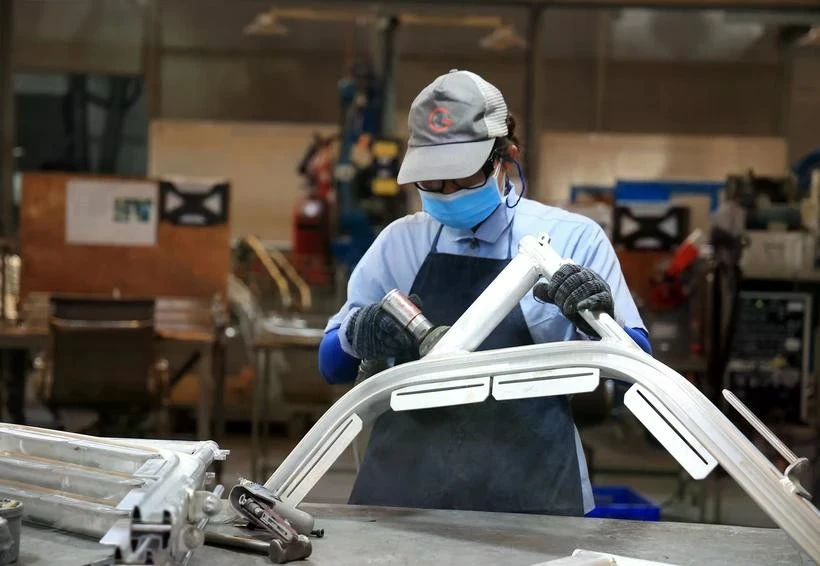

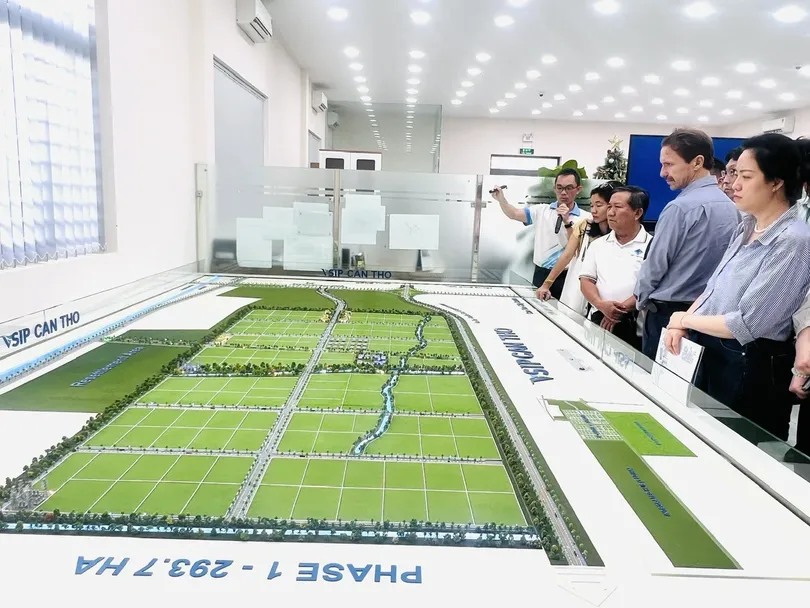










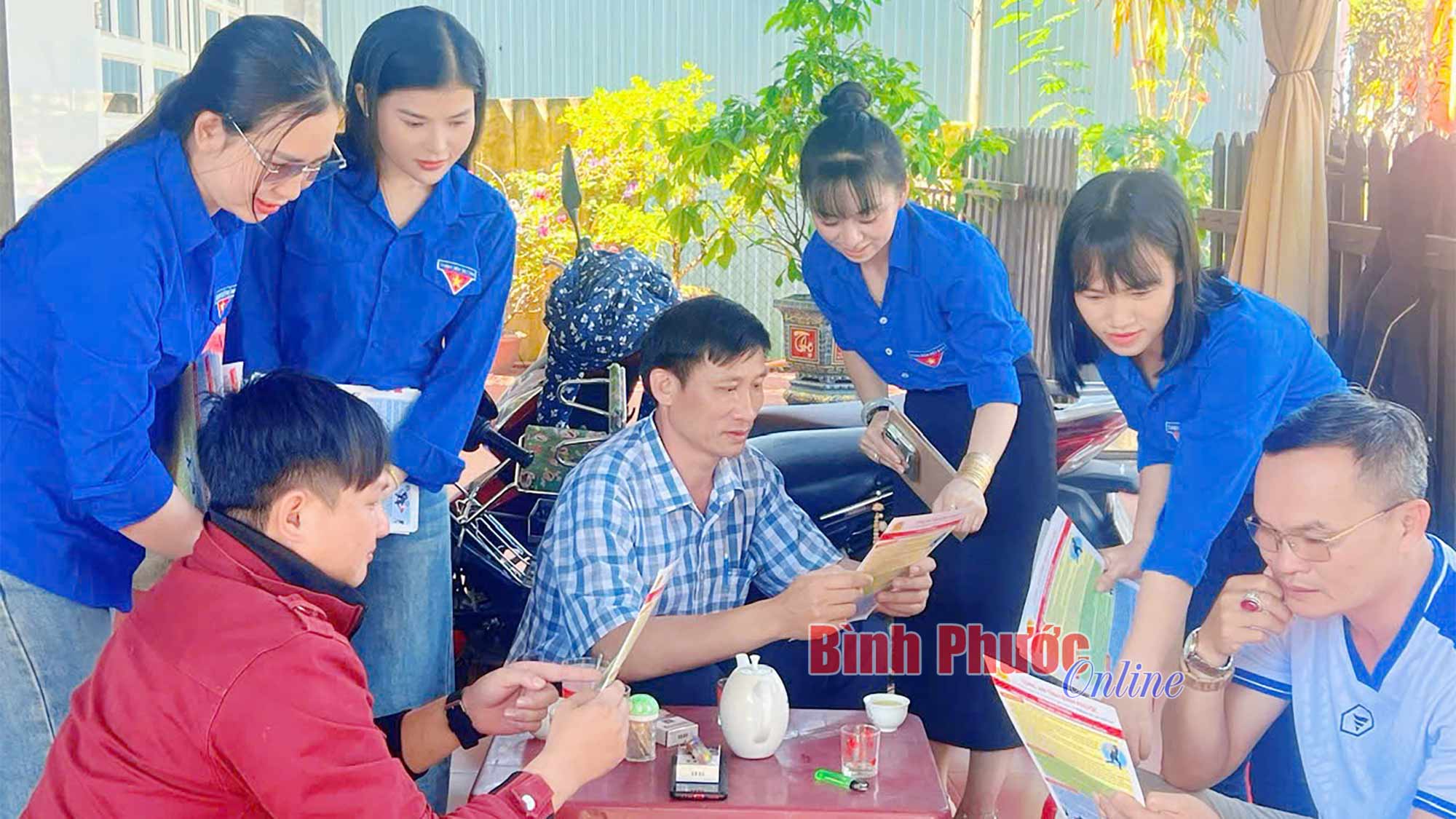
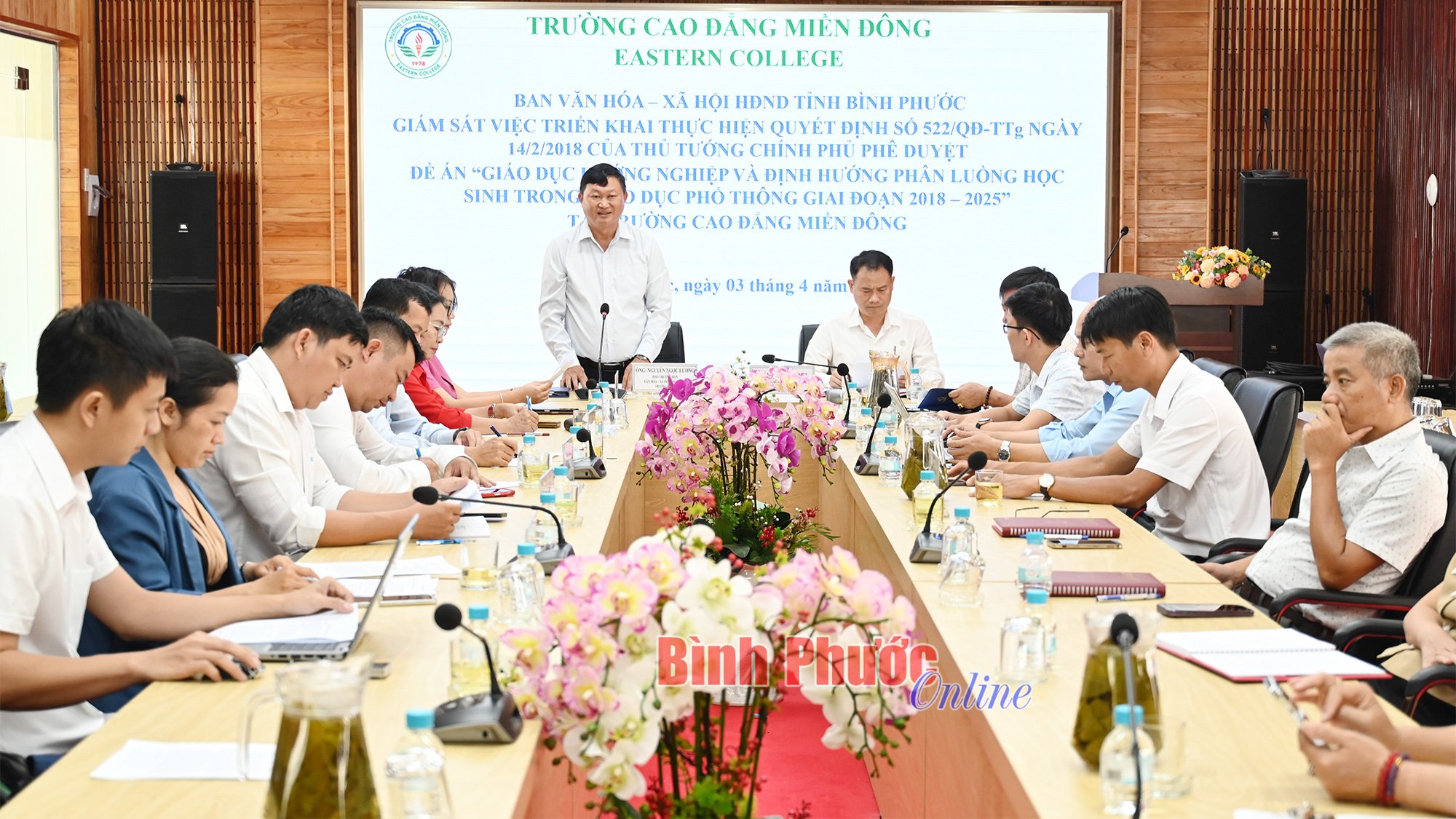














































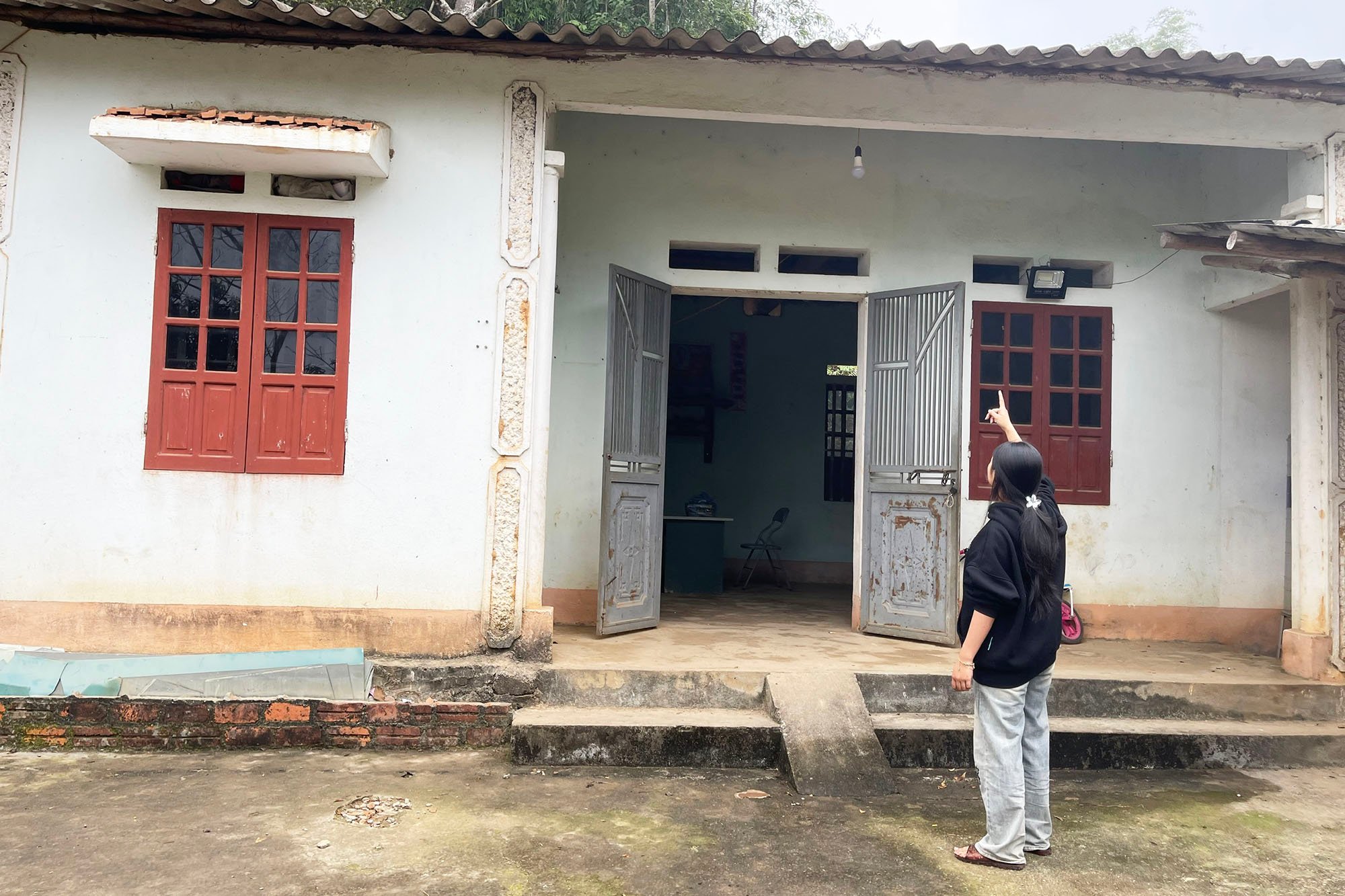

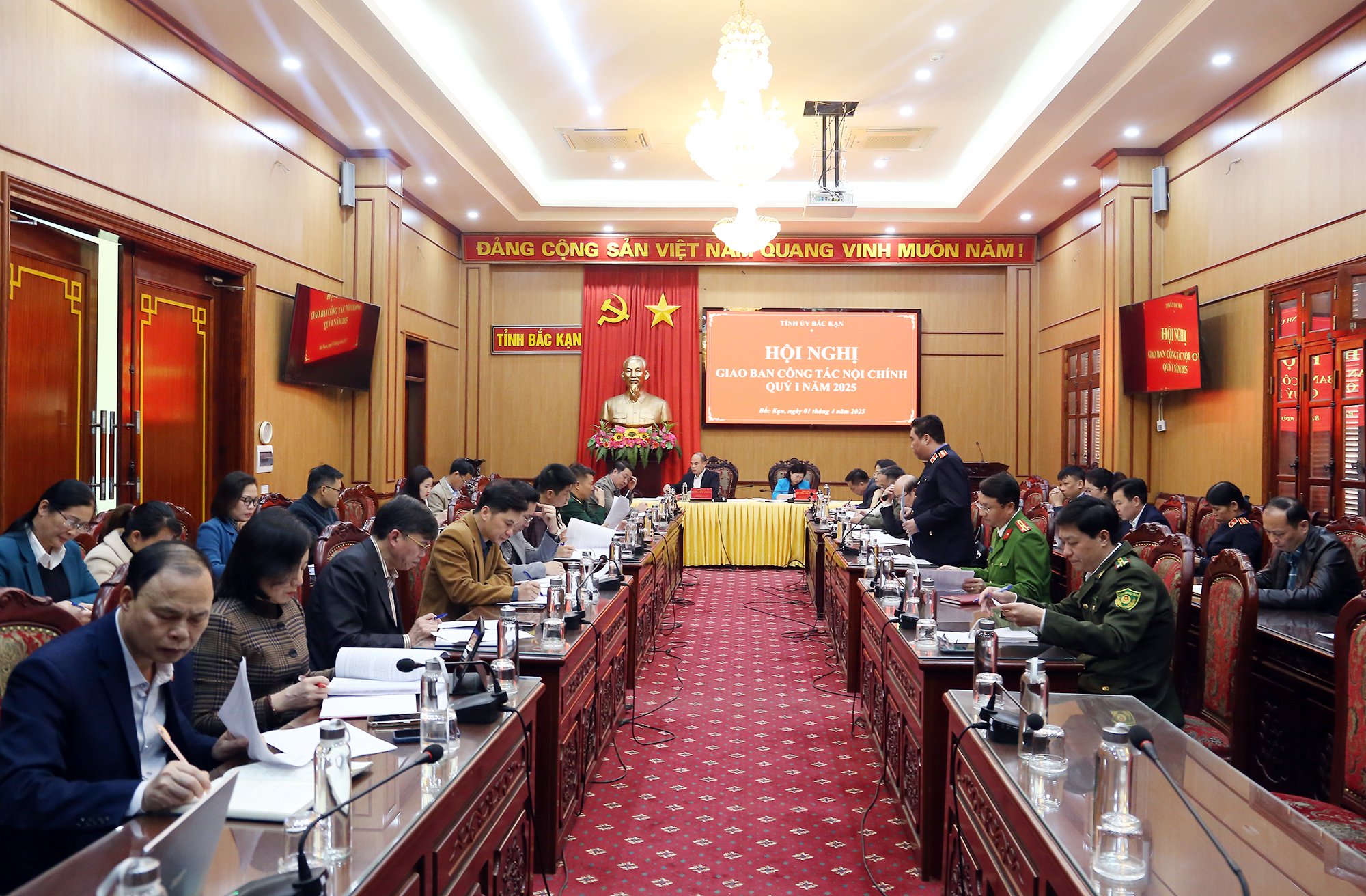














Comment (0)